|
Last week, we began a mini lesson on the pros and cons of different exterior door styles. We went over 2 of the most common styles: single, standard doors and French doors. Plus, we talked about a new kid on the block, bifold doors. In this second part of our list, we’ll discuss more old school and new school door styles, including sliding doors, pivot doors and dutch doors. And we’re answering the burning question “Are storm doors still a thing?“ Let's get right into it. SLIDING DOORS, INCLUDING MULTISLIDE DOORS Sliding doors include the typical sliders that have been around for decades. These units have 2 large glass panels, one panel slides open, and the other glass panel is fixed in place. The sliding door category also includes new school multislide doors. Mulitslide doors have multiple panels, with each panel typically measuring 4-5 feet in width and 8-12 feet in height, depending on the manufacturer. Multislide doors can stack on top of each other at the end of the doorway, or they can pocket into and disappear into the wall, so you see no glass doors when the door is completely open. Pros of Sliding Doors 1. Great for enjoying outdoor views-- since the majority of their construction is glass, sliding doors provide outstanding visibility, even greater than bifold doors since the glass panels come a foot or more wider and taller. 2. They're great in tight spaces-- since they slide over one another, you never have to worry about making enough room for the door to swing open. 3. Good security-- especially if they are double paned and/or tempered. The locking systems of sliding doors keep them in place, and it’s difficult to lift them off the track. They are also harder to kick open as compared with a basic door or French doors. 4. Weather resistant-- sliding doors are more weather resistant than French and some bifold doors, in that they are less likely to let in outside air and rain. But if you want a multislide door, request a floor sill with weep holes that drain most wind driven rain before it can enter the house. Some companies call these high performance sills. Many multislide doors also offer a recessed floor sill that sits flush with the floor to decrease the risk of tripping and to allow for greater accessibility. 5. Insect screens-- you can easily add a sliding screen if you have a lot of insects in your area. Other doors types work best with retractable screens. 6. Wind resistant-- sliding doors can't be blown closed by the wind, like French doors and some bifold doors can. So if you have a lot of indoor outdoor parties or want to keep your doors open often, a sliding door might be the best option. 7. Budget friendly (sometimes)-- standard 2 panel sliders can be a budget friendly choice for a patio door since they usually cost less than French doors. However, multislide doors are some of the most expensive doors on the market, costing on par, or slightly more than bifold doors, at $1000 or more per square foot. Cons of Sliding Doors 1. Can be Expensive-- regular multislide doors are about $1000 per sq foot, and the top of the line multislide doors, which are called lift and slide doors, are cost prohibitive for most of us, costing even more than that. 2. Not a DIY project-- sliding doors usually require expert installation. They are not a DIY project for the typical homeowner. 3. Possible Trip Hazard-- if they don’t have a recessed sill or track, sliding doors can be a trip hazard. Because they require a track to slide the doors along, you may have to step slightly over the track to walk through the doorway. PIVOT DOORS Instead of having hinges or tracks for sliding, pivot doors move around a pivot point either buried in the floor or tucked neatly into the door frame. The pivot for a pivot door is at the top and bottom of the door and includes high-performance hardware so it can smoothly open and close. These doors allow for an extra large single door that can be up to 9 feet wide, although most commonly they are around 5-6 feet wide. They can also go up to 11 or 12 feet high. Pivot doors can be made of the same materials as other doors, but are often seen in wood or glass or a combination of the two. They have become more popular over the last several years, especially in modern, transitional or contemporary homes. Pros of Pivot Doors 1. They make a statement-- pivot doors are one the of most dramatic and unique doors on the market. Their size alone is impressive. To add to that, many people have never seen nor opened a pivot door in real life. A pivot door will make your house stand out among the rest. 2. Wide opening-- they provide a wide opening that lets you easily move in and out of the doorway, even while carrying furniture and other large items. Cons of Pivot Doors 1. Air and Water Infiltration-- they are not very weather resistant and have mediocre energy efficiency as compared to some other options. If you are considering a pivot door for your home, beware they are difficult to weatherstrip. Poor weather stripping can lead to greater air and water infiltration. Pivot doors have a greater problem with water infiltration because when they are opened, part of the door swings out and part of it swings in. If you choose a pivot door, it is ideal to have an adequate exterior overhang, and/or interior flooring, like tile, that can withstand exposure to the elements. 2. Pinched fingers-- I’m not sure why, but I’ve read that with pivot doors you’re are more likely to pinch your fingers. 3. Warping-- wooden pivot doors, because they are so large, can warp over time. Glass, steel and aluminum options are less prone to warping. 4. Less Secure-- because these doors pivot and aren’t held in place by hinges or tracks, they are not as secure as other options. However, you can upgrade to a multilocking system. 5. Expensive-- most models cost many thousands of dollars. The last exterior door style on our list is a dutch door. DUTCH DOORS A Dutch door is one that’s divided into two halves horizontally, so the bottom half can remain closed while the top half is open (and vice versa). Dutch doors were common in the Netherlands in the 17th century. They were used as exterior doors on farmhouses to keep animals and dirt out, and children in. They also allow fresh air and light to come in. Dutch settlers brought the door style to the US. You can choose door designs that are either the same or different for the top and bottom of the door. For example, many people design these doors so the bottom half is solid, and the top half has glass panels. The door knob and lock are installed on the lower half of the door. But for added security, a deadbolt can be placed on the top half too. Dutch doors have a special latch to lock the top and bottom halves of the door together. That way the door can be used as a traditional, single, solid door. You can release this latch hardware if you want to operate the top and bottom halves of the door separately. Pros of Dutch Doors 1. Keep Kids and Pets In or Out-- Dutch doors keep pets and/or small children contained to the outside or inside, while still letting in the light and fresh air. Dutch doors can also be used as interior doors to keep pets and small kids in certain rooms. You can keep the top half of the door open so they don’t feel isolated and so you can keep an eye on them. They can be used as a more attractive alternative to a baby gate or pet gate. 2. Personality-- they add personality and an element of surprise to an entry door. 3. Visual Connection-- these doors offer a visual connection between indoors and out, or between two indoor rooms. Cons of Dutch Doors 1. May not stay open-- the wind can close the opened half of the door when you want it to stay open. You can install a hook and eye latch to hold the top section in place when open. 2. Not particularly energy efficient or weather resistant-- for an exterior dutch door, you’ll need weatherstripping between the upper and lower halves of the door to keep wind and water from sneaking in, even when the door is shut. 3. They might not be good in insect-ridden areas-- it’s cumbersome to install a screen for a Dutch door. If you have lots of insects in your area, the better option is a retractable screen or a different style of door. 4. Pinched fingers-- it can be easy to pinch fingers between the door halves. STORM DOORS AND SCREEN DOORS Finally, a word about storm and screen doors. When I was a little girl, storm doors and screens door were fairly common. Today, many houses go without them. And that’s okay, But well made storm doors can be a wonderful addition to your home. Storm doors add an extra layer of security and energy efficiency to your existing exterior doors. And screen doors are a great option in insect-prone areas. They allow fresh air and light in, but keep bugs out. Today's storm doors and screens doors are made so much better than the ones from decades ago, so don’t completely dismiss them if you think your home could benefit from them. As you’ve seen and heard, there are lots of exterior doors options to choose—each with its pros and cons. Your decision will come down to your personal preference, your budget, available space, your home’s style, and how important indoor outdoor living is to you. If you know someone who needs the information in this post/episode, don’t forget to share the webpage link by text or email. And remember that we have a Facebook page where I post quick tips and helpful information several times per month. Please remember that the purpose of this podcast is simply to educate and inform. It is not a substitute for professional advice. The information that you hear is based the only on the opinions, research and experiences of my guests and myself. That information might be incomplete and it’s subject to change, so it may not apply to your project. In addition, building codes and requirements vary from region to region, so always consult a professional about specific recommendations for your home. Thanks for stopping by. I hope you learned as much as I did.
1 Comment
1/30/2020 09:37:41 am
I love how you said that screen doors allow fresh air in because that's the main reason I'm thinking of getting one. My house is pretty stuffy so being able to open a door or two would be awesome. It'll also help if I ever need to air out my house. The amount of times I've burnt bacon and set off the fire alarm is terrible.
Reply
Your comment will be posted after it is approved.
Leave a Reply. |
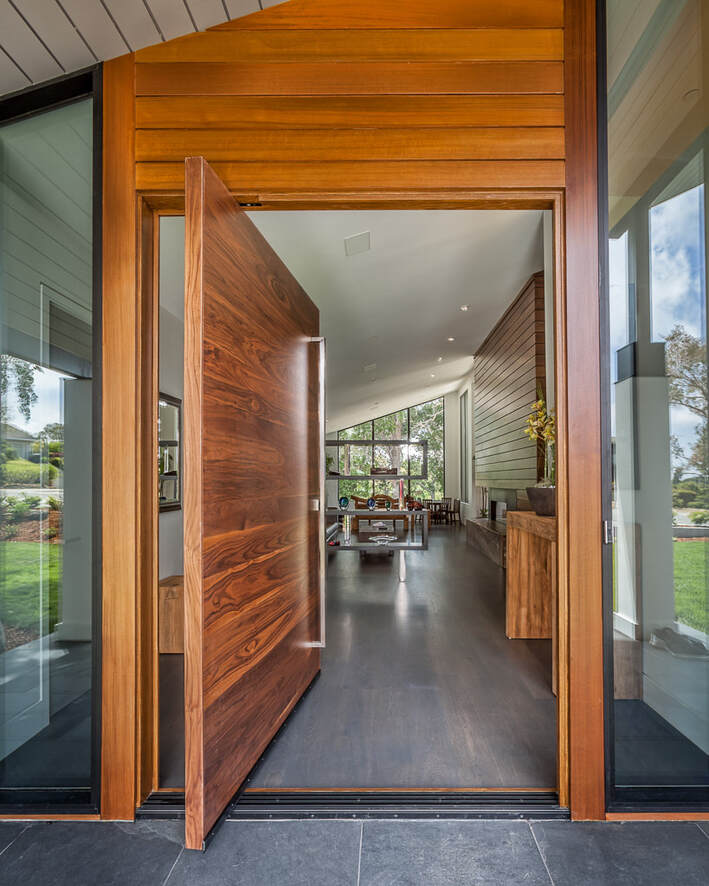
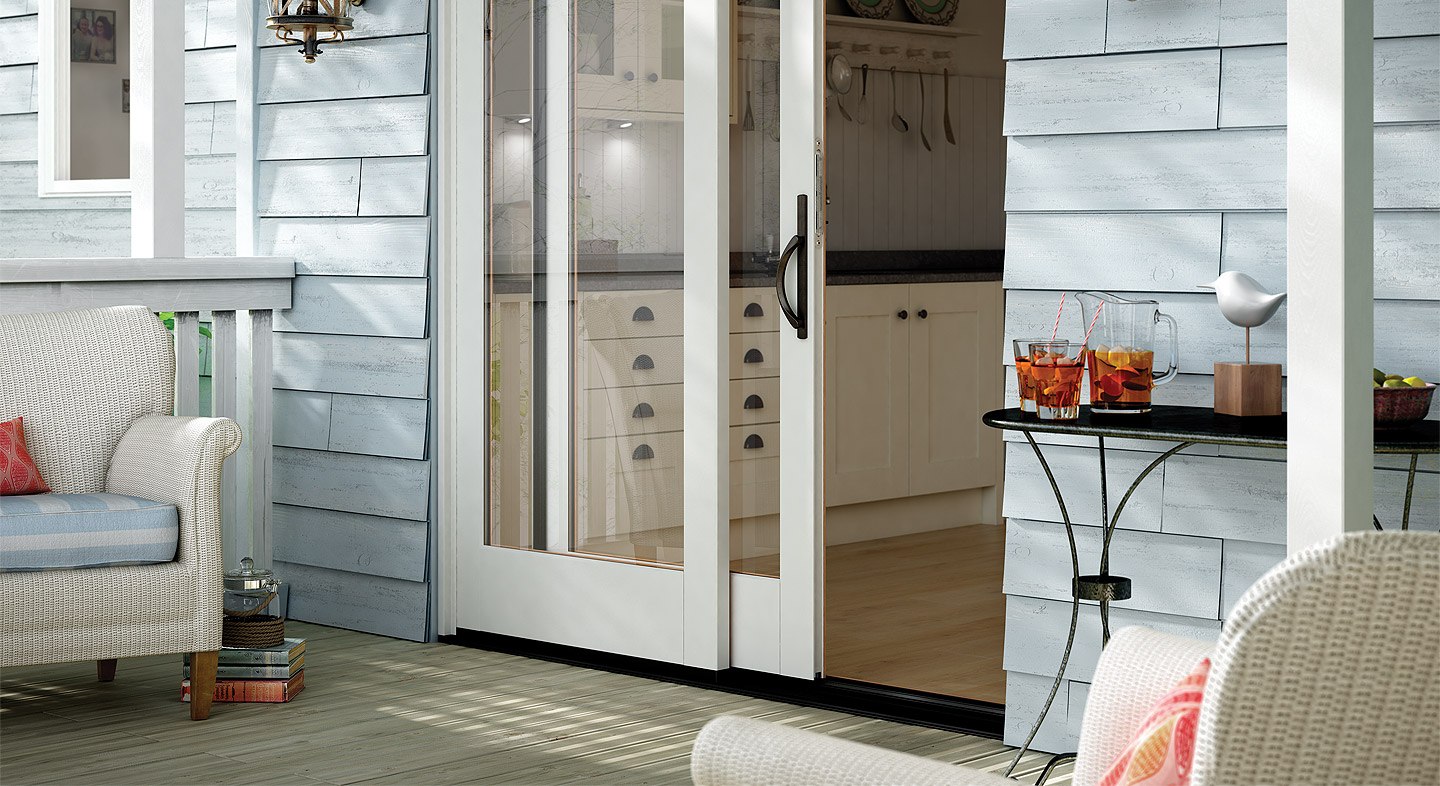
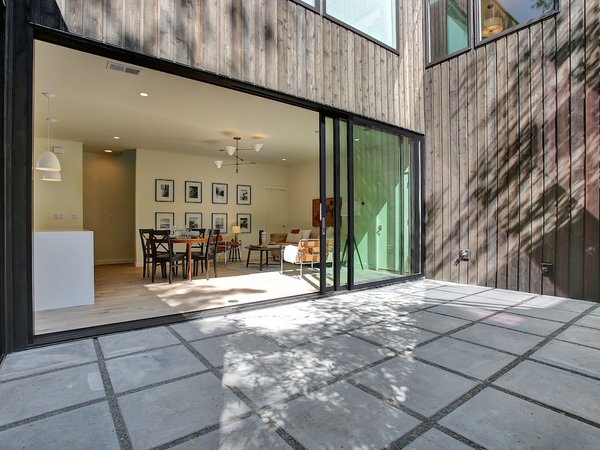
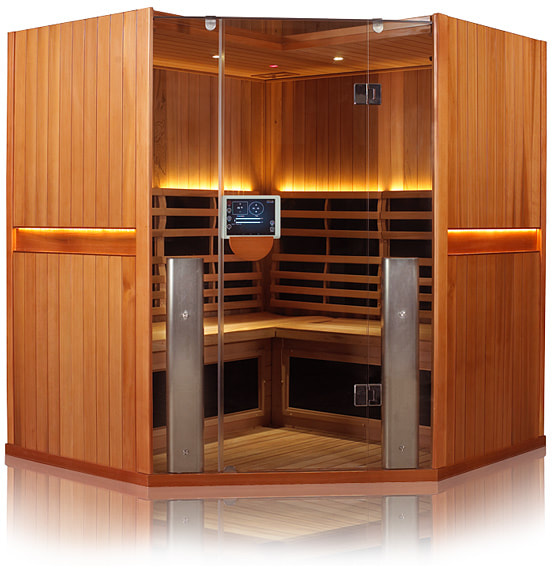
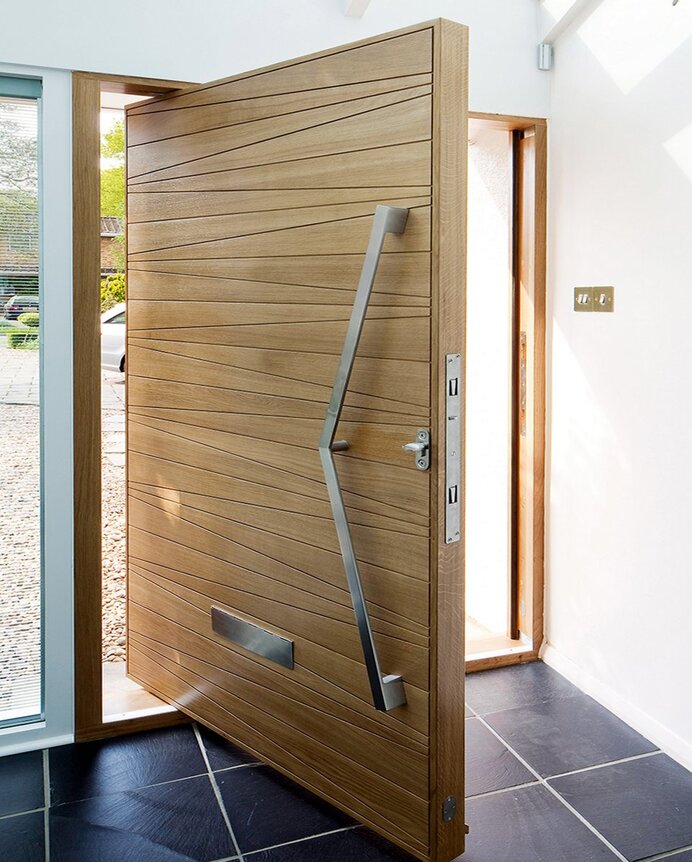
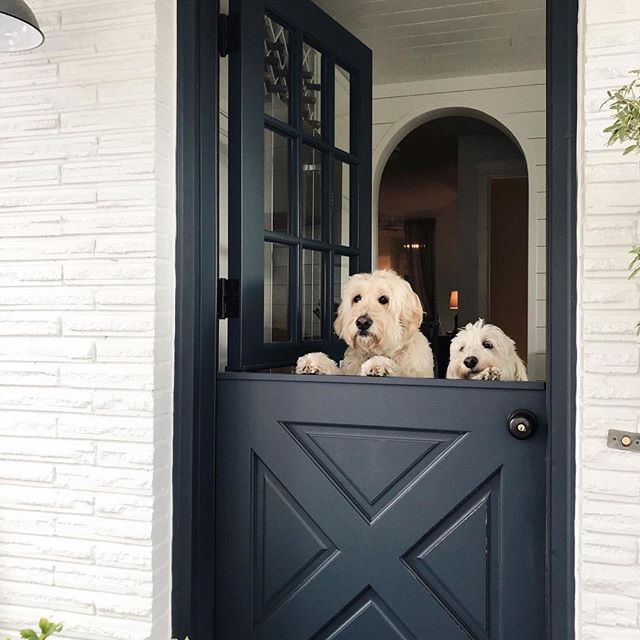
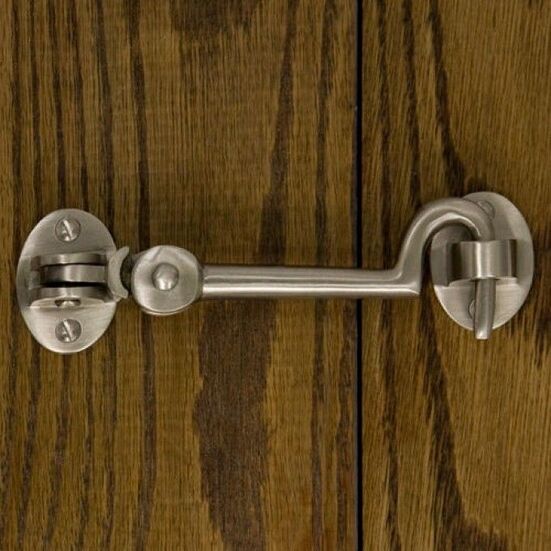
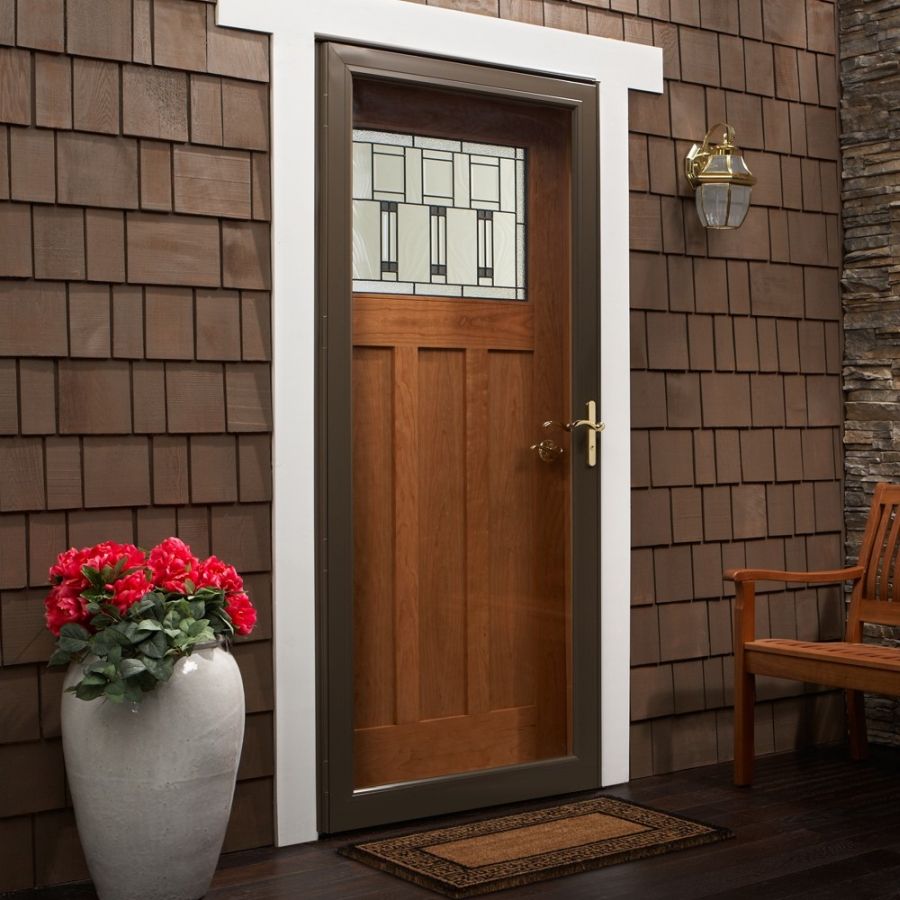
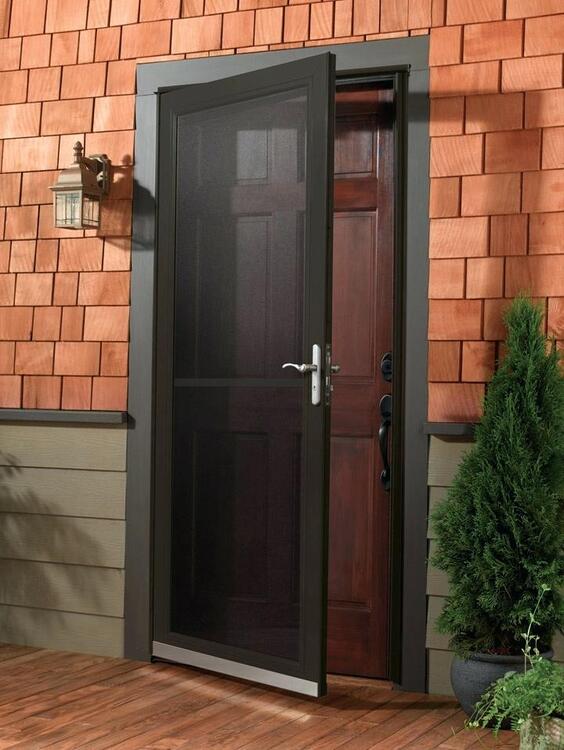
 RSS Feed
RSS Feed